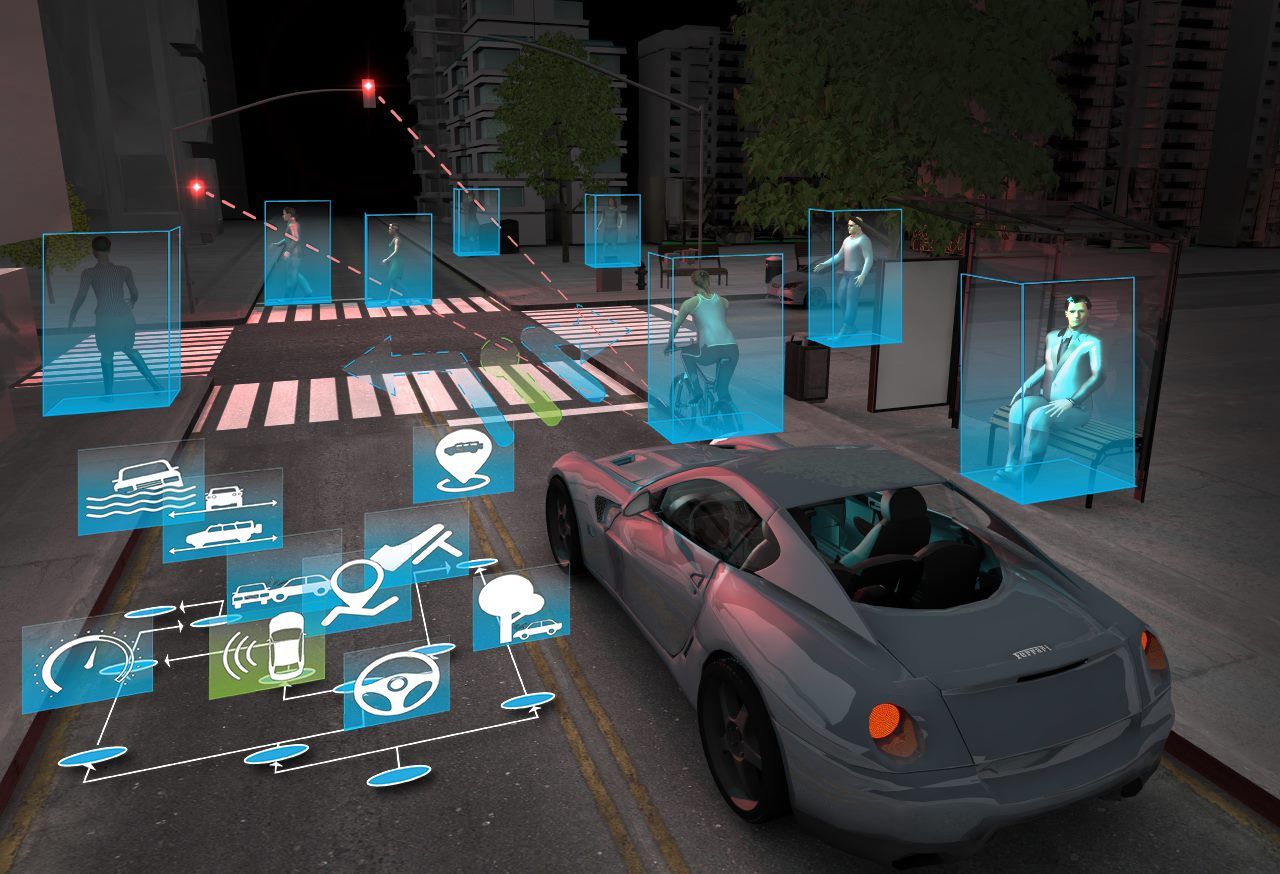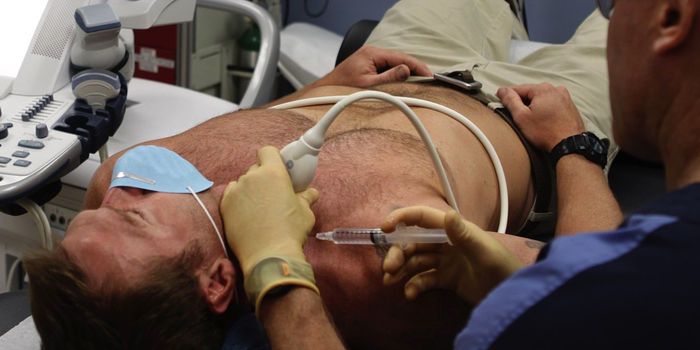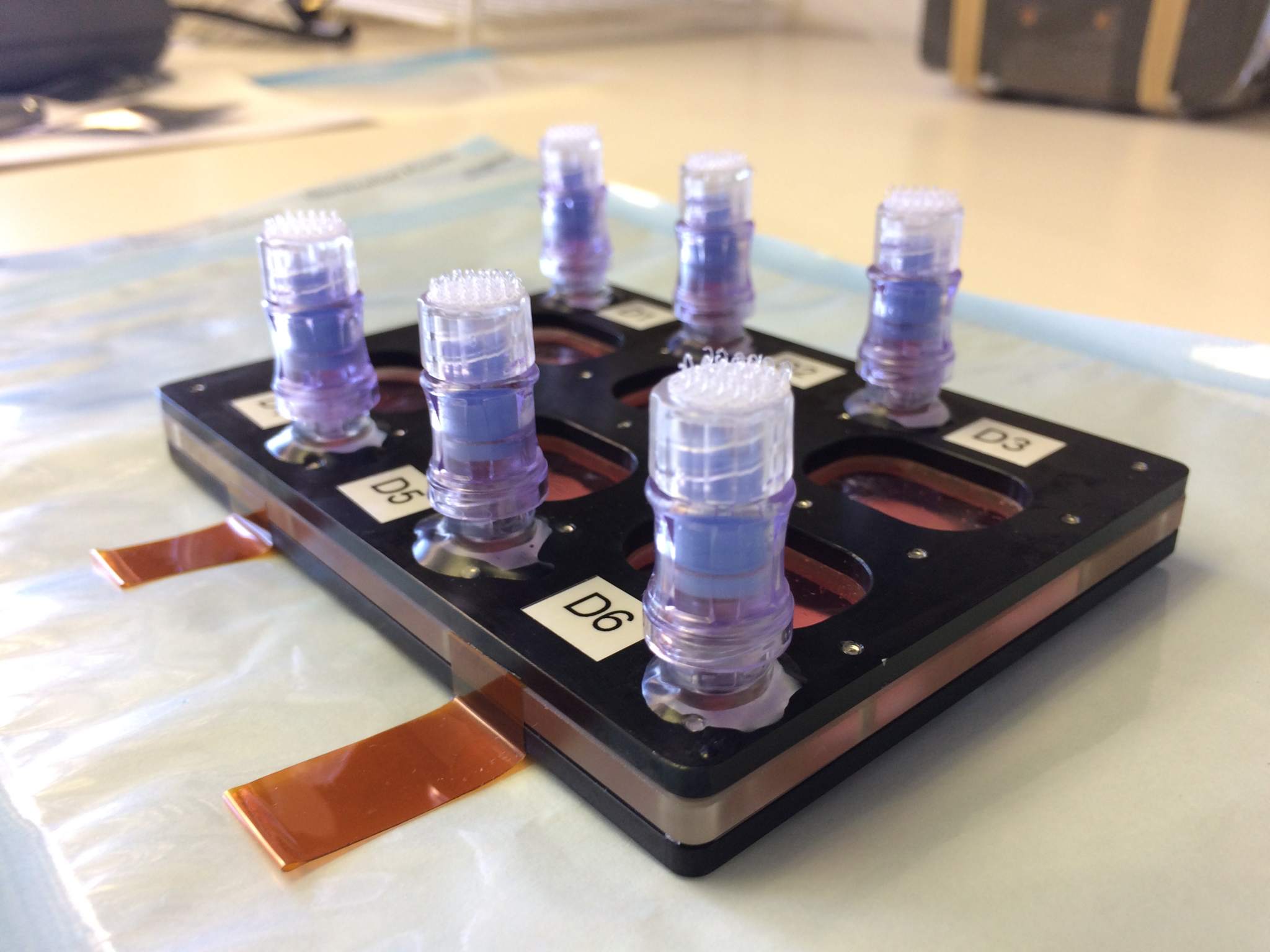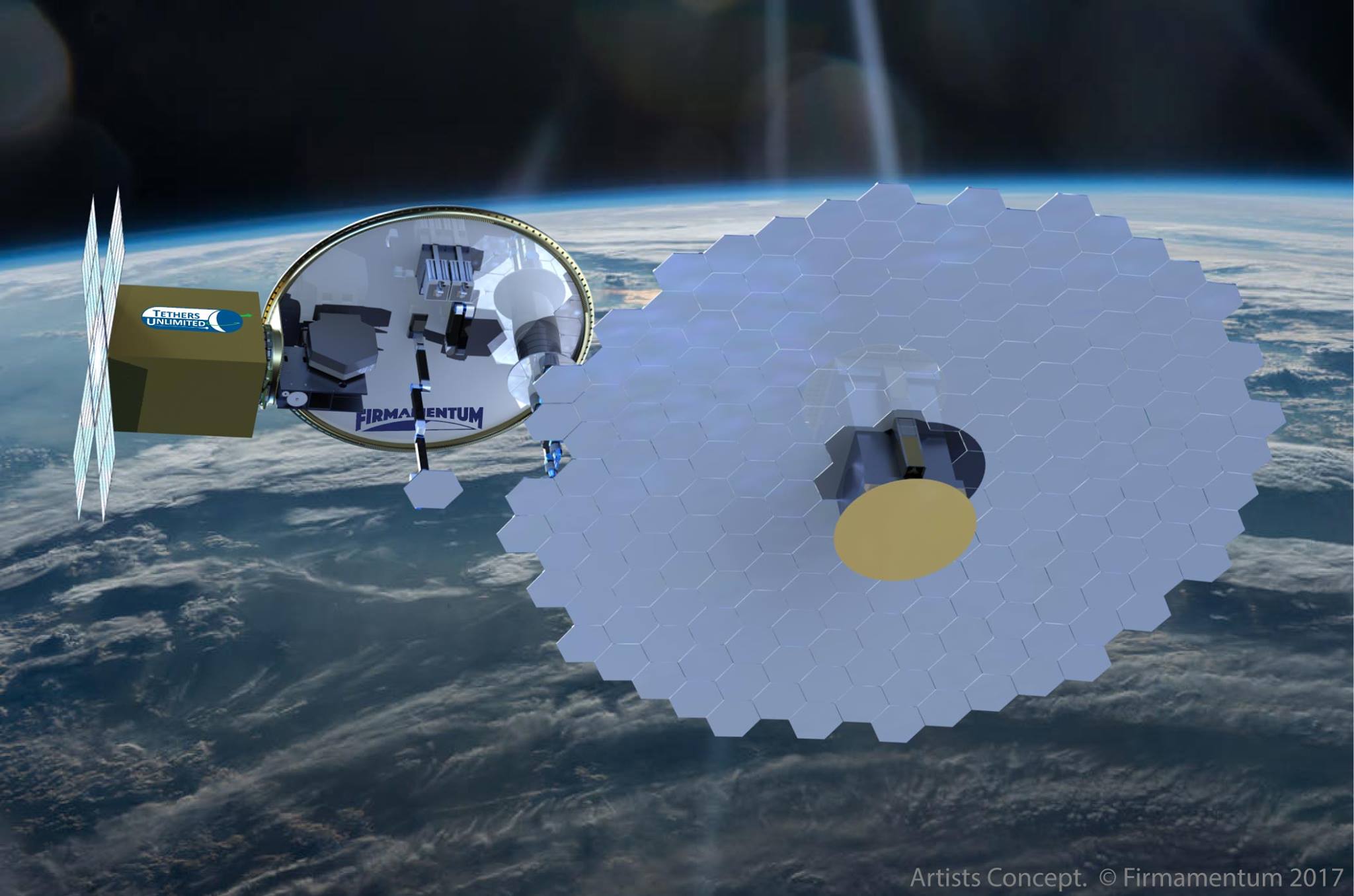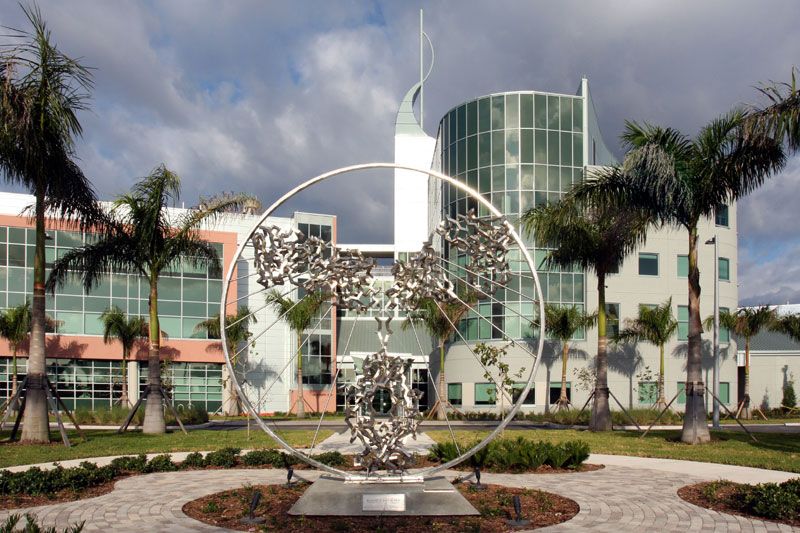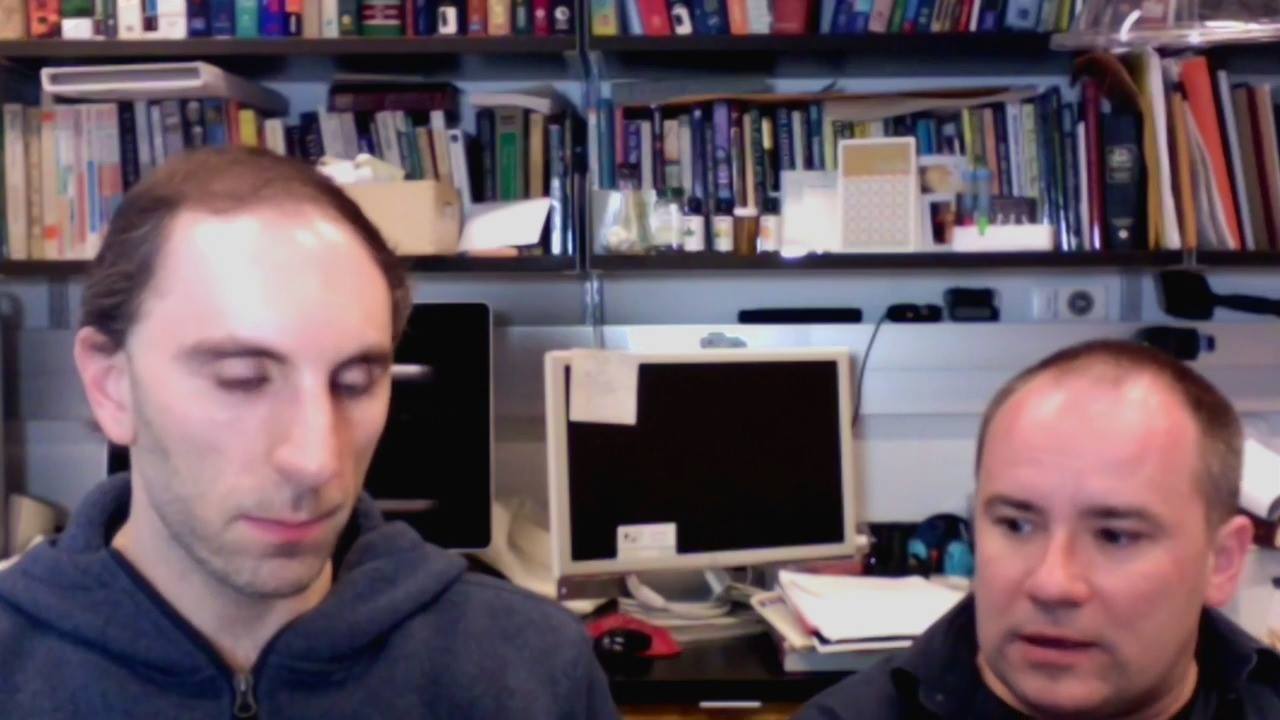
“Deep Learning” computer systems, based on artificial neural networks that mimic the way the brain learns from an accumulation of examples, have become a hot topic in computer science. In addition to enabling technologies such as face- and voice-recognition software, these systems could scour vast amounts of medical data to find patterns that could be useful diagnostically, or scan chemical formulas for possible new pharmaceuticals.
But the computations these systems must carry out are highly complex and demanding, even for the most powerful computers.
Now, a team of researchers at MIT and elsewhere has developed a new approach to such computations, using light instead of electricity, which they say could vastly improve the speed and efficiency of certain deep learning computations. Their results appear today in the journal Nature Photonics (“Deep learning with coherent nanophotonic circuits”) in a paper by MIT postdoc Yichen Shen, graduate student Nicholas Harris, professors Marin Soljacic and Dirk Englund, and eight others.
Read more


